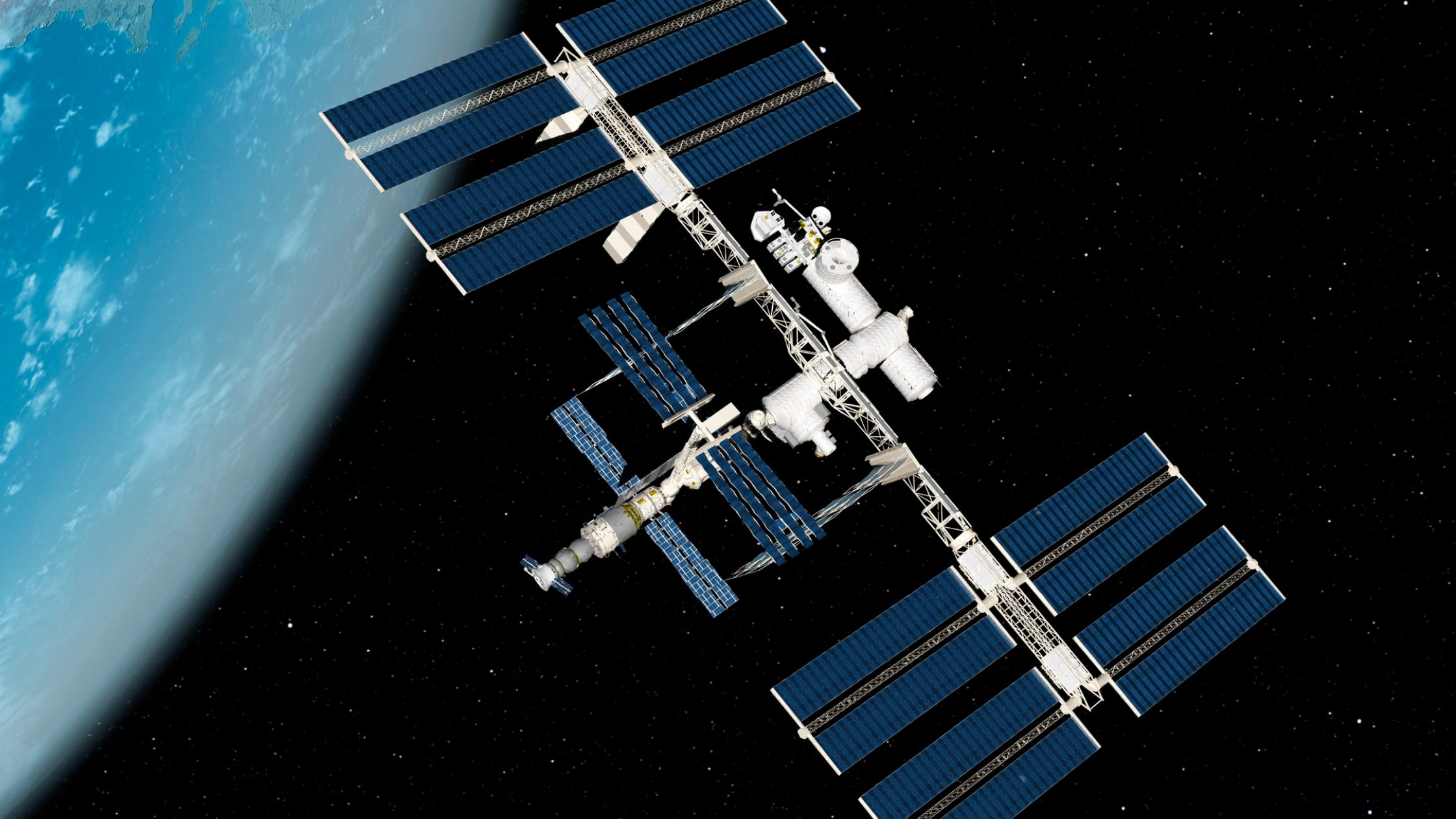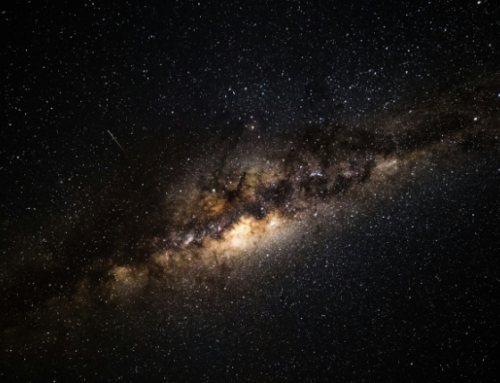When we think of the Nobel Peace Prize, images of the most notable individual recipients come to mind: Mother Teresa, Nelson Mandela and Dr. Martin Luther King Jr. Each is an obvious choice for their contributions to a more peaceful society. Another great representation of peace lies not with one person, but an entity floating 200+ miles above us, in space.
The International Space Station (ISS) is a true embodiment of everything the Nobel Peace Prize represents: collaboration, civility and the betterment of humanity.
Alfred Nobel, the creator of the Nobel Peace Prize defined a recipient as one who “excels at or creates an abundance of fraternity between nations, abolishes or reduces standing armies, and holds and promotes peace congresses.” Since 1901, the prize has been awarded to 106 individuals from 24 countries; twenty-five of those recipients are organizations, including The Office of the United Nations High Commissioner for Refugees and the European Union.
The ISS secured a nomination for the prize in 2014, but did not receive the honor. Six years later, and over 20 years in orbit, the ISS has remained steadfast in its dedication to world peace.
While some view the nomination as unrealistic, the ISS and those aboard exemplify the qualities of Nobel winners through a variety of principles and projects that showcase their dedication and progress toward international teamwork and serving humanity, both on and off Earth.
A Central Hub for International Cooperation
The ISS has maintained its status for international collaboration for twenty years. The station has surpassed expectations, from the launch of the ISS’s first module to 1998’s Baikonur Cosmodrome and the arrival of the first crew on the ISS in 2000. The space station has been visited by more than 230 spacecraft assembled in various nations and launched to space from global sites like Kazakhstan and Japan. It’s received thousands of experiments from hundreds of nations and over 240 individuals from 19 countries. It’s a symbol of our scientific curiosity of a world that demands innovation to solve our most dire problems, but also represents the need for peace and cooperation.
Astronaut Tim Peake, who spent time on the ISS, was delighted with its nomination for the Nobel Prize in 2014 saying, “[The ISS] really has brought many nations together through difficult times, and continues to do so.” Peake also noted that the ISS should be the model for future space exploration as budgets become constrained, arguing that one nation will not have the capability to expand exploration into the solar system. As we see in today’s NewSpace economy, collaboration between nations and private companies is vital to progress.
As international researchers and astronauts collaborate, the ISS provides new insight into our ability to collaborate despite cultural differences. On board, they embrace diversity to overcome challenges and translate experiments into tools everyone on Earth uses. While the ISS wasn’t developed with the mission to become a peaceful beacon for warring nations, the past 20 years highlight that the ISS holds unique insights into how we survive as a species and achieve great things together.
The 2014 Peace of Westphalia award was presented to the ISS crew, demonstrating that diverse, peaceful international cooperation is possible. It’s made more significant considering that the ISS represents the largest international peacetime endeavor in human history, and includes nations that were enemies decades ago. Without their cooperation, progress in space exploration would be impossible.
Research Benefiting Humanity
A major purpose of the ISS is to research innovations that propel humans forward in space. A byproduct of this space-based research is the democratization of innovations in human health, Earth observation and disaster response and numerous technologies. In many ways, this work supports the evolution of a more sustainable and peaceful society as it’s directly and inextricably applied to the wellbeing of cultures worldwide.
The ISS laboratory brings together international scientists to perform investigations that affect human health both in space and on Earth. The ISS has funded research to provide better insights into numerous aspects of health science like trauma, disease and environmental factors.
Biological and human physiological findings originally intended to support astronaut health, but now benefit Earthlings, resulting in innovative ways to mitigate osteoporosis, bacterial behavior, and wound-healing methods. Today’s advances in telemedicine, nutrition and cell behavior are just a few benefits from studies in orbit.
The ISS also plays peacemaker by serving as a “global observation and diagnosis station,” aimed at understanding and resolving environmental issues at home by attaching Earth observation payloads to exposed facilities on the station’s exterior and the Window Observational Research Facility.
An international human crew also provides real-time observation of the Earth, data collection, and astronauts provide input to ground personnel programming the station’s automated Earth observation systems. Several instruments are currently collecting data from the ISS; some instruments have completed their missions, with other remote sensing systems in development or proposed by researchers from partner countries, NASA, academic institutions, and corporations.
The existing international partnerships, fundamental to the ISS, facilitate data sharing and promote international collaboration on other Earth observation activities. The station collects data on the global climate, environmental change, and natural hazards using its unique complement of crew-operated and automated Earth observation payloads.
The ISS provides the unique capability to perform long-duration experiments in the absence of gravity and in tandem with other spacecraft systems not available in Earth laboratories. Additional insight comes from ISS crew observations on experiments and interactions in the discovery process. ISS’ research portfolio includes numerous engineering and technology investigations to harness these opportunities. Experiments on thermal processes, nanostructures, fluids and more fosters innovation. Emerging materials, technology and engineering research activities on the ISS develop into benefits for economic development and quality of life.
As ISS astronaut Ron Garan says, “The ISS is a wonderful example of international cooperation, where you have a number of nations in an international partnership working for this common goal. Some of these countries have not always been the best of friends, and it is an amazing example.”






